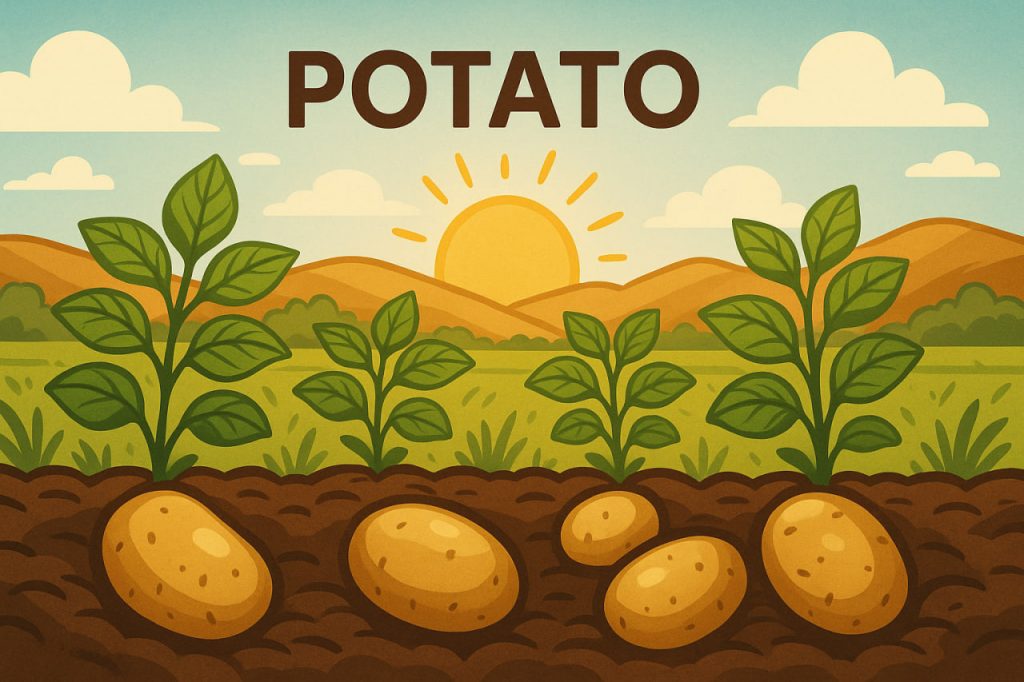The potato is one of the world’s most important and versatile crops, feeding billions of people across every continent. Despite its simple appearance, this underground tuber has a rich history, impressive nutritional value, and a remarkable ability to grow in diverse climates. From the Andes Mountains to modern farms and city kitchens, the potato has become a true symbol of global agriculture and human adaptation.
The Origins of the Potato
Potatoes were first cultivated over 7,000 years ago in the Andes Mountains of South America, mainly in present-day Peru and Bolivia. Indigenous peoples developed hundreds of varieties adapted to different altitudes and soils. Spanish explorers brought the potato to Europe in the 16th century, where it slowly gained popularity despite early skepticism. By the 18th century, it had become a key food source, particularly in Ireland, Russia, and Eastern Europe.
Nutritional Value
A potato is far more than just a source of carbohydrates. It contains vitamin C, potassium, fiber, and antioxidants, making it a valuable component of a balanced diet. One medium-sized potato provides more potassium than a banana. When cooked properly — boiled, baked, or steamed — it can support heart health, aid digestion, and sustain energy levels throughout the day.
Agricultural Importance
Potatoes are incredibly adaptable. They can grow in cold climates, high altitudes, and even poor soils. This resilience makes them vital for global food security. Today, China, India, Russia, and the United States are among the top producers. Farmers continuously develop new, disease-resistant varieties to ensure high yields and reduce environmental impact.
Cultural and Culinary Uses
Potatoes appear in countless dishes worldwide — from French fries and mashed potatoes to soups, stews, and dumplings. In Peru, traditional varieties with purple and blue flesh are used in festive dishes. In Eastern Europe, potatoes are the base of national cuisines, forming the heart of comfort foods like pierogi, draniki, or potato pancakes.
Environmental Considerations
While potatoes require less water than many crops, intensive farming can still lead to soil depletion and pesticide use. Sustainable cultivation methods, such as crop rotation and organic fertilization, help maintain healthy soil and biodiversity. Researchers are also experimenting with space-grown potatoes as a potential food source for future missions to Mars.
Interesting Facts
- The potato was the first vegetable grown in space, aboard the Space Shuttle Columbia in 1995.
- There are more than 4,000 varieties of native potatoes worldwide.
- The world’s largest potato weighed over 11 kilograms (24 pounds).
Glossary
- Tuber — an underground plant structure that stores nutrients, such as a potato.
- Crop rotation — alternating different crops on the same land to preserve soil fertility.
- Antioxidants — substances that protect cells from damage caused by free radicals.
- Biodiversity — the variety of living organisms within an ecosystem.
- Sustainable farming — agricultural practices that balance productivity with environmental protection.


